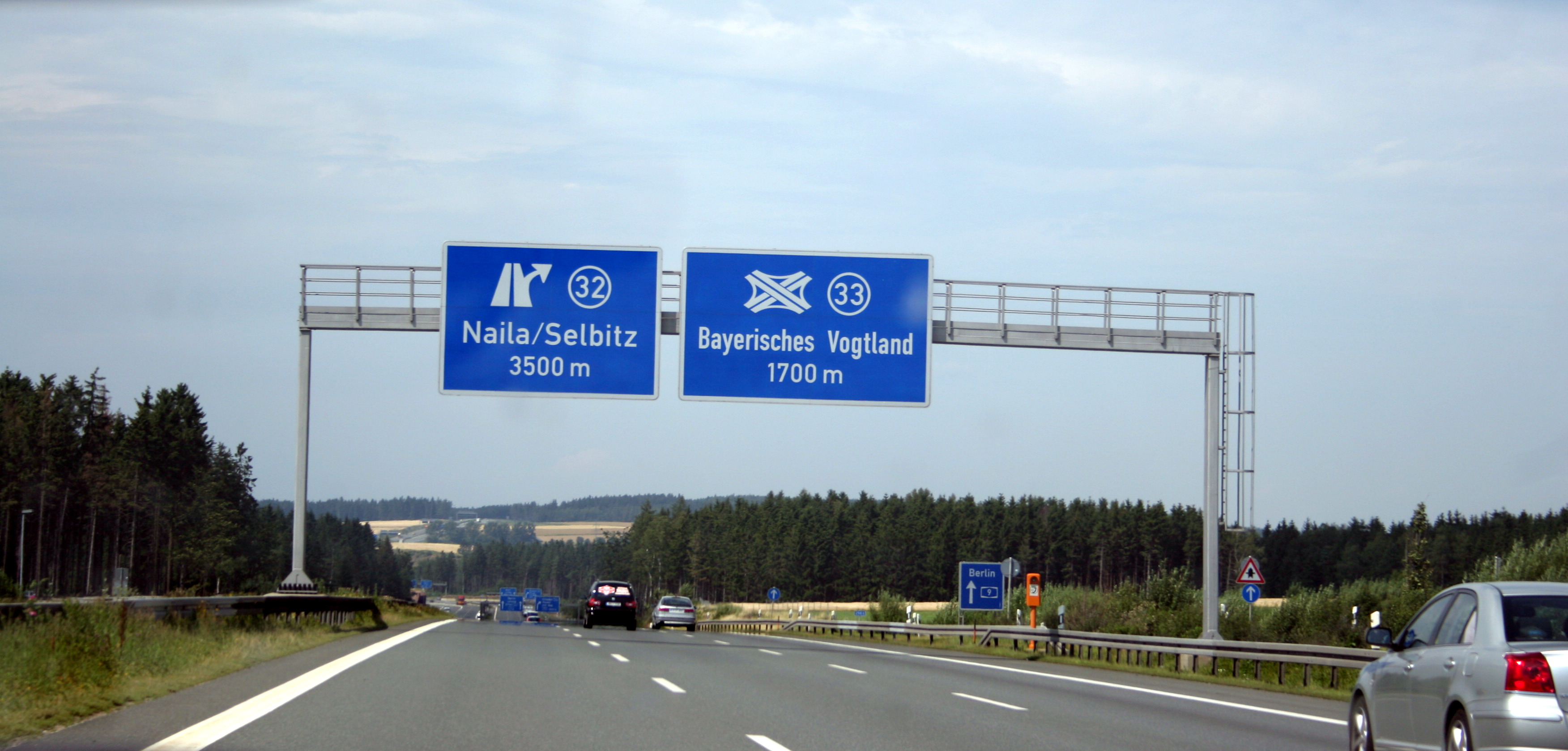|
Bahnschrift
DIN 1451 is a sans-serif typeface that is widely used for traffic, administrative and technical applications. It was defined by the German standards body DIN (, 'German Institute for Standardisation', pronounced like the English word ''din'') in the standard sheet ('typefaces') in 1931. Similar standards existed for stencilled letters. Originally designed for industrial uses, the first DIN-type fonts were a simplified design that could be applied with limited technical difficulty. Due to the design's legibility and uncomplicated, unadorned design, it has become popular for general purpose use in signage and display adaptations. Many adaptations and expansions of the original design have been released digitally. Overview The DIN 1451 typeface family includes both a medium () and a condensed () version; an older extended version () has not been used since the early 1980s, but may still be encountered on older road signs in Germany. DIN 1451 is the typeface used on road signage i ... [...More Info...] [...Related Items...] OR: [Wikipedia] [Google] [Baidu] [Amazon] |
